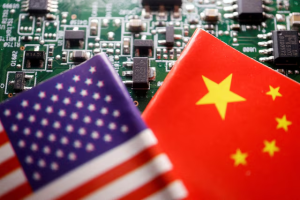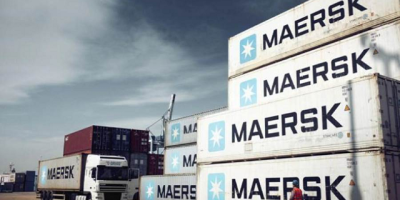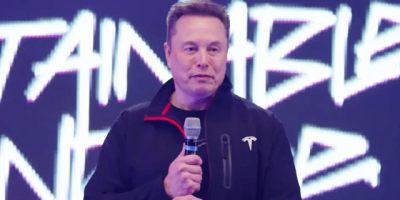Trump Administration Weighs Bold Plan to Restrict Exports to China of Products Developed with U.S. Software
The Trump administration is reportedly considering a bold plan to restrict exports to China of a wide range of products developed with U.S. software — from laptops to aircraft engines — in response to Beijing’s latest curbs on rare earth exports, according to sources familiar with the matter cited by Reuters.

Although the proposal is not the only option under review, it would fulfill President Trump’s early-October threat to ban exports of “critical software” to China. Such a measure would limit the global shipment of products that contain or were produced using U.S. software.
Earlier, on October 10, President Trump announced via social media that he would impose an additional 100% tariff on Chinese goods exported to the U.S., along with new export controls on “any and all critical software” starting November 1, though he provided no further details.
According to sources, the measure may not ultimately be implemented. However, the fact that such restrictions are being discussed signals that the Trump administration is weighing a significant escalation in its confrontation with China — despite some officials in Washington still favoring a more moderate approach.
“I can confirm that every option is on the table,” Treasury Secretary Scott Bessent told reporters at the White House on October 22 when asked about potential software restrictions on China. “If these export controls — whether on software, engines, or anything else — are implemented, they will be coordinated with our G7 allies.”
The news caused U.S. stock markets to dip before partially recovering. The S&P 500 closed down 0.5%, while the Nasdaq Composite fell about 1% at the end of the trading session.
Emily Kilcrease, a former trade official now at the Center for a New American Security, said software is a natural source of leverage for the U.S. However, she warned that such export controls would be extremely difficult to implement and could spark backlash against U.S. industries.
“You have to hope they only make threats they truly intend to carry out and sustain,” Kilcrease remarked.
A spokesperson for the Chinese Embassy, while declining to comment on the specific measures being considered, reiterated Beijing’s firm position: China strongly opposes U.S. “unilateral interference measures” and is ready to “take strong actions to safeguard its legitimate rights and interests” if Washington continues on what Beijing considers a misguided path.
Economic Leverage or Pressure Tactic?
According to one source, U.S. officials may announce the measure simply to pressure China without necessarily enforcing it. Two others said narrower policy proposals are also being discussed.
“Almost every modern product contains some trace of U.S. software,” one source emphasized.
If implemented, the move could cause severe disruptions in global trade with China — particularly in high-tech sectors. Moreover, the U.S. economy itself could suffer significant consequences if such measures are applied broadly.
This approach draws parallels to the tough sanctions imposed by the Biden administration on Moscow following the outbreak of the Ukraine conflict in 2022, when the U.S. banned exports to Russia of all products made globally using American technology or software.
Trump’s statement on Truth Social came just three weeks before his expected meeting with Chinese President Xi Jinping in South Korea — and only one day after China significantly expanded export controls on rare earth elements, a market it dominates and which are vital to high-tech manufacturing.
Still, analysts are struggling to decode what Trump actually means by “critical software” in his response.
Since returning to the White House in January, President Trump has repeatedly imposed new tariffs on Chinese goods but has shown inconsistency in export control policies. For instance, he initially imposed strict limits on AI chips from Nvidia and AMD to China — only to lift them completely soon after.
Similarly, in late May, the U.S. imposed new restrictions on chip design software and other goods after China delayed shipments of rare earth materials needed by American automakers — but those restrictions were removed in early July.
Meanwhile, Beijing strongly opposed last month’s new U.S. regulation limiting American companies from shipping goods or technology to firms that are at least 50% owned by sanctioned Chinese entities.
Currently, Chinese goods entering the U.S. already face tariffs of around 55%, potentially rising to as high as 155% if Trump fully enforces his recent threats. Yet the president has shown signs of easing tensions after his initial hardline stance — as evidenced by his unexpected October 12 Truth Social post: “The U.S. wants to help China, not hurt it!!!”
Amid ongoing tensions, Treasury Secretary Bessent is expected to meet Chinese Vice Premier He Lifeng in Malaysia this week — seen as a key preparatory step before the Trump–Xi summit scheduled to take place in South Korea later this month.
















Leave a Reply